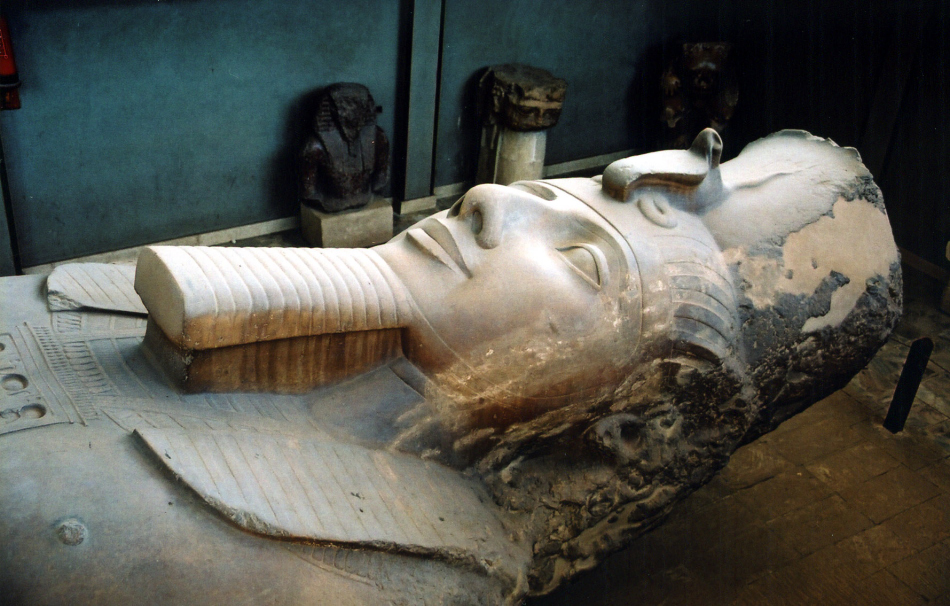A large statue believed to depict the famous Pharaoh Ramses II has been lifted from a muddy ditch in Cairo, the capital of Egypt.


Pharaoh Ramses II ruled Egypt some 3,000 years ago and it’s thought possible that this statue dates back to this period. If an original statue, one leading Egyptologist has claimed it could be one of the most important discoveries in recent times. However, there is always the possibility that the statue is a later reworking.

Over the past week the statue’s giant head and other fragments, including the right ear and a small portion of the right eye, have been removed from the site. On Monday the torso was pulled out of a muddy ditch filled with groundwater. A crane was required to complete the task as locals and government officials gathered to watch and cheer. The statue weighs three tonnes and measures 26 feet. It is made of quarzite – a hard, metamorphic rock that was typically found at the Gebel el Ahmar quarry close to Cairo.
German and Egyptian researchers discovered the bust of the statue in the El Matareya district, close to the site of the sun temple of Ramses II in the north-east of Cairo. In the time of Ramses II this area would have been the ancient capital of Heliopolis and the seat of worship of the sun god, Re.

The Ministry of Antiquities has said that the torso and head will be put back together and both pieces will be moved to the Egyptian Museum for assembly. It is hoped that the assembled statue will then be displayed at the planned Grand Egyptian Museum near the Giza Pyramids, scheduled to open in 2018. This new museum, along with this week’s exciting discovery, should help drive tourism back to Egypt.
The archaeological team also discovered a portion of a life-sized limestone statue of Pharaoh Seti II, Ramses II’s grandson, measuring 80 centimetres in length.

Further pieces remain unearthed and experts will continue extraction before restoring the statue.





